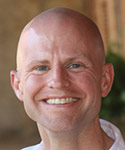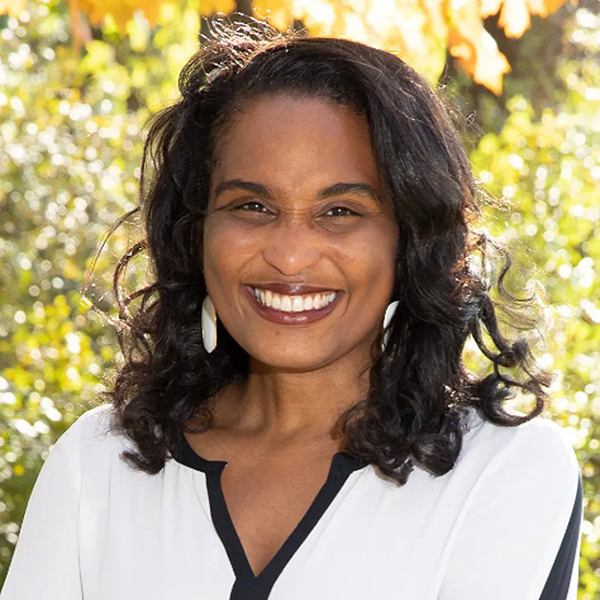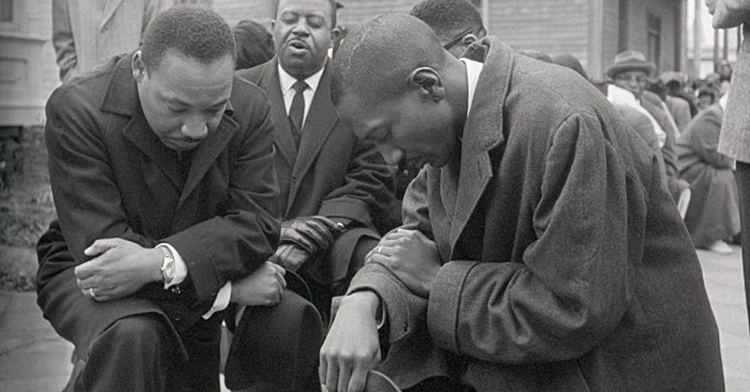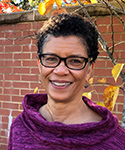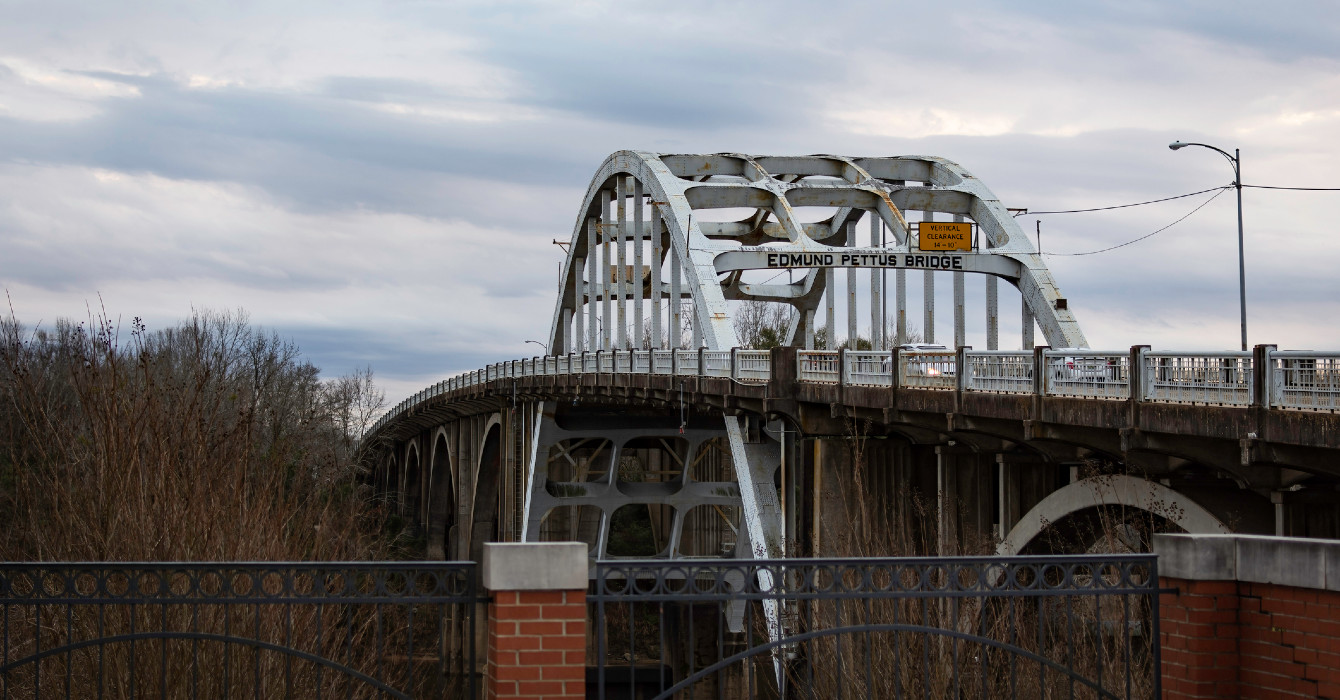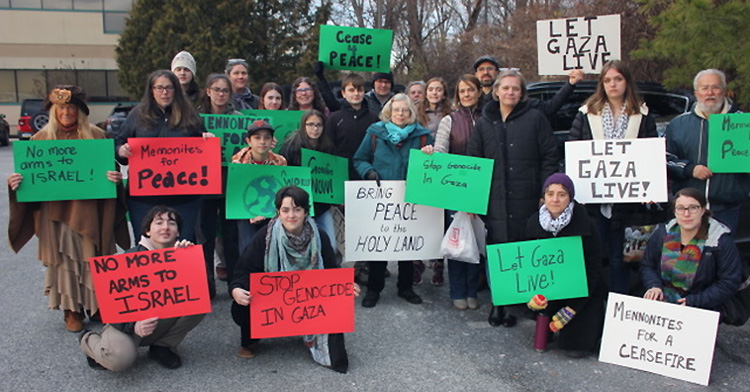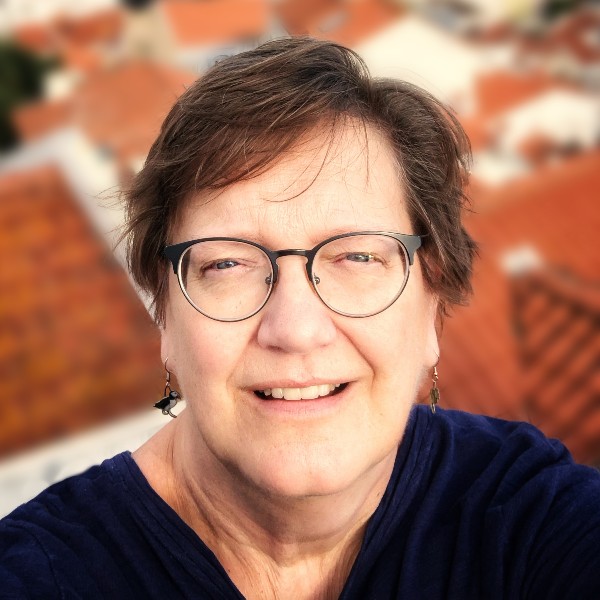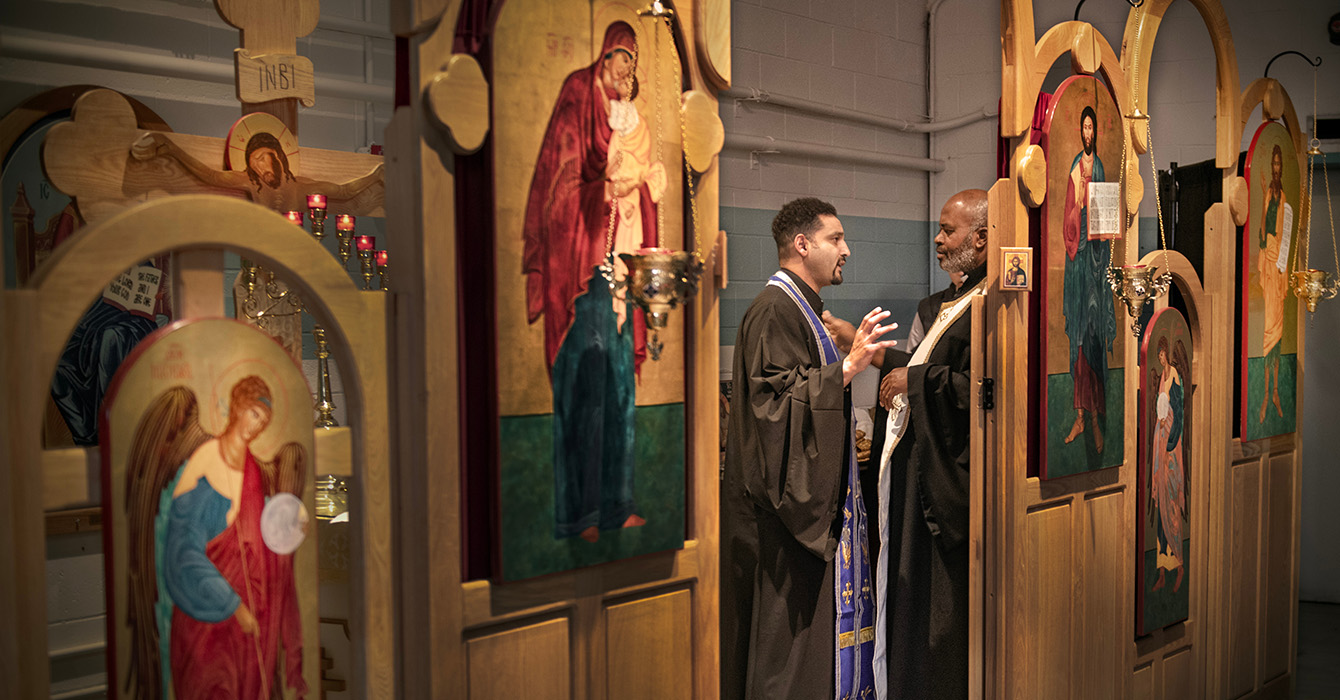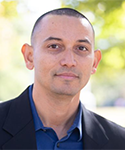When I was 21, I sat at a mock negotiation table, taking part in a simulated negotiation between people representing Rwandan Hutus and Tutsis. It was part of a four-week course in conflict mediation and resolution, held in Belgium and the Netherlands.
Not all of us at the table were pretending, however. Vincent, a Tutsi who had lived through the 1994 Rwandan genocide, was a member of our five-person team. He had lost his family in the conflict and bore deep scars in his face from the blows of an attacker’s machete.
As our team moved through the stages of our “mediation,” we were careful to stay on script, shielding ourselves from the weight of Vincent’s experience and his emotions. He only spoke once in the entire two-hour simulation. In the end, the best our team could get for Vincent was a settlement that said that our Hutu counterparts would guarantee peacekeepers on the ground for several more years and begin a disarmament campaign that would take half a decade.
When we walked out of the mediation room, our team was heralded. “That’s just what it is like out there,” our coach told us. “Great job, you guys,” said one practitioner. A third person said words I will always remember: “That’s the best you could have hoped for.”
In that moment, I realized that such settlements were not what I hoped for. My hope was that Vincent’s story and his grief would be heard, honored and remembered. I had hoped that peace was possible in Rwanda that would be true and just -- in memory of those who had died and in service of those whose lives had yet to begin. I looked into Vincent’s scarred face and wanted to tell him that if what we had done in there had been for real together we could have built the framework for a new kind of community in Rwanda.
I had enrolled in the program wondering if I should give my life to the practice of law and to the work of conflict resolution. The weeks abroad had offered many opportunities to test this vocational calling -- meetings with ambassadors and other politicos, informal conversation with leaders of non-governmental and para-governmental organizations, lectures from practitioners of mediation and conflict resolution and tours of the International Court of Justice and NATO.
But I left in despair. My despair was not because of the pervasiveness of global conflict to which I had been exposed -- that was a cause for profound grief, but not hopelessness.
My despair lay in the fact that, while most of those with whom I had studied and worked for four weeks were utterly committed to the cessation of violence, they had no vision beyond that. (In part, I think, because they could not imagine a day when there would be no violence in the world.)
It was obvious that most of them had no vision for the future aside from UN peacekeeper-enforced agreements and imposed sanctions for violations. There was no constructive vision of peace. The only hope was that, one day, conflicting parties might live together in strained, but not openly hostile, relationships. Too often, the international community settles for the first step instead of committing itself to press on for the second, third and fourth, a symptom of the fact that for many there is no larger horizon or idea of peace against which to see their work.
I wanted to view our work -- even in a simulation -- against the backdrop of the words that I had learned in the church of my childhood, words from Isaiah 11: “The wolf shall live with the lamb, the leopard shall lie down with the kid, the calf and the lion and the fatling together, and a little child shall lead them.”
The vision of shalom in Isaiah is more comprehensive than a negotiated settlement between overgrown felines and defenseless livestock; the vision is of a transformed relationship between the two, and it was the vision of peace that I needed. There is hope for a different kind of world, a world in which not only is the cessation of violence possible but in which reconciliation is, too.
I left the Netherlands with an even firmer commitment that the church of Jesus Christ are this hope. This vision of peace led me eventually to be ordained as a United Methodist elder, the church of my childhood.
Of course, all too often what I saw as a pastor and what I see now working with clergy as well as congregational and denominational leaders is how often the church, when conflict comes, also acts as if the best we can hope for is a mediated settlement, a Christian ceasefire of sorts.
But there are also many people working toward that larger vision of shalom, both here and overseas. John Perkins has been an advocate for civil rights, community development and racial reconciliation for five decades. United Methodist Bishop Benjamin Boni and his cabinet in Côte d’Ivoire worked to conduct peaceful and representative elections in that country for the first time since a coup d’etat in 1999. Bishop emeritus Paride Taban resigned his position to create a multifaith peace village for the people of southern Sudan.
I wonder what would happen if we could live as they do, and imagine in the midst of church conflict that our relationships are still mediated by Christ, the one who himself was alienated on the cross to end our alienation from God and one another. In him is our hope.

